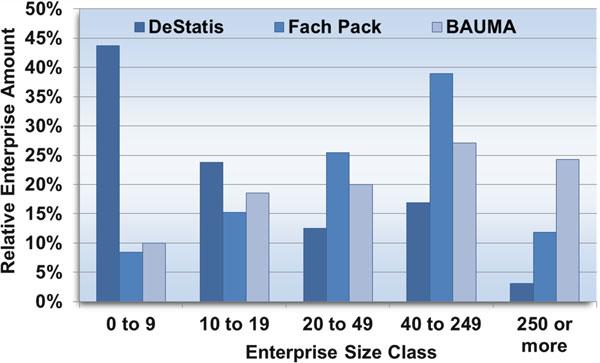L. García-Zambrano et al.
66
Table 7.3 Proactive management of core competencies and business performance Descriptive statistics Type of companies Affirm that invest into core competencies Affirm that don’t invest into core competencies
Variables measuring companies’ results ROA (%) Efficiency (%) Sales per employee (%) ROA (%) Efficiency (%) Sales per employee (%)
N 624 623 802 103 101 155
Mean −1.4787 0.6012 2.1998 −1.6523 0.3978 2.1699
Standard deviation 0.6166 0.7148 0.3829 0.6342 0.7647 0.3808
Table 7.4 Proactive management of core competencies and business performance Test statistics
ROA (H1.1) Efficiency (H1.2, E) Sales per employee (H1.3)
Mann–Whitney U test 26.609 25.170 58.710
Wilcoxon W test 31.965 30.321 70.801
Z −2.799 0.3227 −1.093
Asymptotic sig. (2-tailed) 0.005 0.001 0.274
Table 7.3 shows that for the period 2010 ROA, sales per employee and efficiency variables are all greater in Spanish firms that affirm that invest into core competencies than in those that affirm don’t invest into them. These results are according to the relationships stated in the sub-hypotheses. Turning to Table 7.4, it can be seen that the difference in ROA and efficiency between the two groups is statistically significant at 5 %, according to the Mann–Whitney U test, while in all other cases the differences are not statistically significant. This result shows how the companies, who have invested into their core competencies, have obtained greater business results. The period analysed is 2010: it is a period where the crisis is established; so that means, in a period of crisis, those companies, who previously have invested into their core competencies in the face of those who have not paid attention to their core competencies, have got better business performance. All the sub-hypotheses except H1.3 are therefore accepted. Therefore, H1 can be accepted only partially.
7.4
Conclusions and Future Research Lines
As the resource-based view argues, intangibles have become the most basic resource for creating competitive advantage, especially through innovation. In this approach, any action destined to improve the way intangibles are managed must contribute to better performance. This chapter seeks to identify the positive link between the






